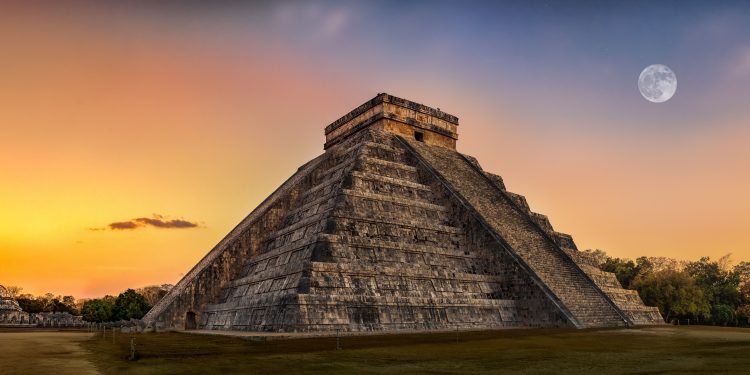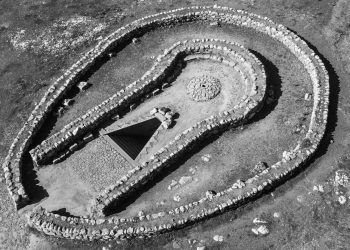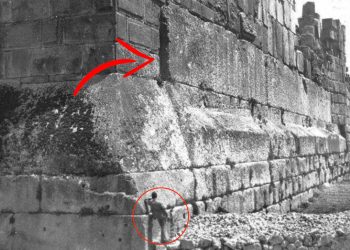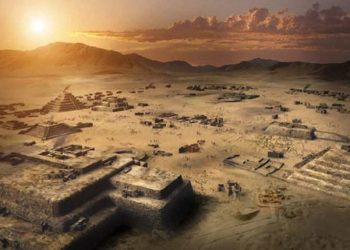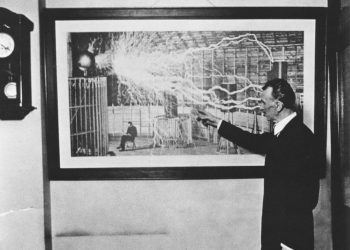Discover the Rich History and Culture of the Mesoamerican World
1. A Long-Lasting Civilization: The Maya’s Enduring Legacy
The ancient Maya civilization, which thrived in Mesoamerica from about 2000 BCE to 1500 CE, left a lasting impact on the world. Their legacy includes advanced knowledge in mathematics, astronomy, and writing, as well as remarkable architecture and art that still captivates us today.
2. The Mayan Calendar: A Sophisticated System of Timekeeping
The Maya developed a complex and accurate calendar system that included the Haab (a 365-day solar calendar) and the Tzolk’in (a 260-day ritual calendar). They also pioneered the Long Count calendar, which tracked time from a fixed starting point and enabled them to record historical events with great precision.
3. Mayan Writing: A Refined Hieroglyphic Script
The ancient Maya created one of the most advanced writing systems in the pre-Columbian Americas. Their hieroglyphic script was a combination of logographic (representing words) and syllabic (representing sounds) elements, enabling them to express a wide range of concepts and ideas in writing.
4. The Mayan Number System: The Concept of Zero
The Maya were among the first civilizations to develop the concept of zero, which played a crucial role in their numerical system. They used a base-20 (vigesimal) counting system and represented numbers using a combination of dots, bars, and a unique symbol for zero.
5. Mayan Astronomy: Mapping the Heavens
The ancient Maya were skilled astronomers, meticulously observing celestial phenomena and incorporating their findings into their religious beliefs and daily life. They accurately predicted solar eclipses, developed a lunar calendar, and aligned their temples and buildings with significant astronomical events.
6. Mayan Architecture: Majestic Temples and Cities
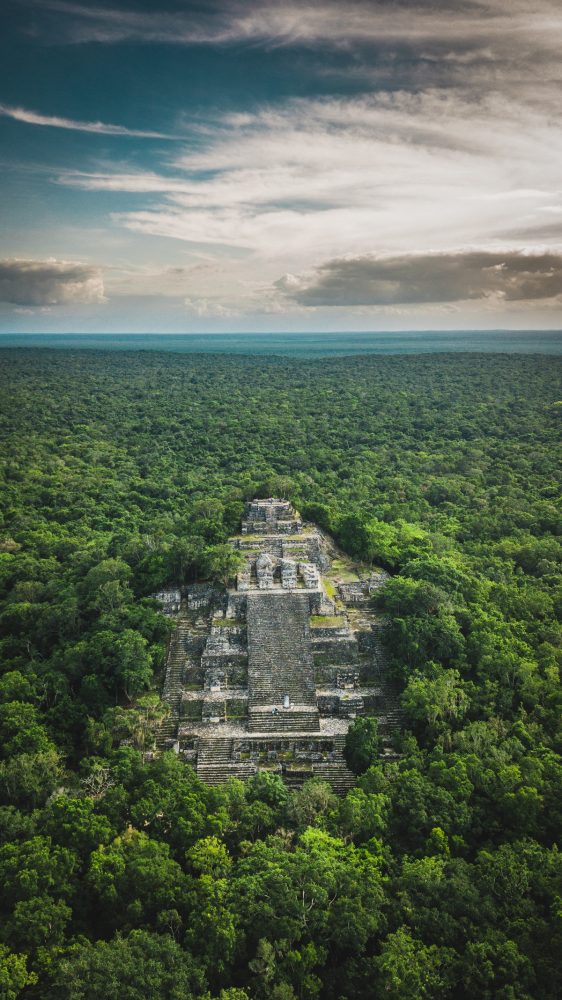
The Maya built impressive cities and temples, showcasing their advanced engineering and architectural skills. Notable sites include Tikal, Palenque, Copán, and Chichén Itzá. These cities featured grand plazas, intricate carvings, and monumental stone pyramids that still stand as a testament to their architectural prowess.
7. The Ball Game: A Sacred Sport
The ancient Maya played a ritualistic ball game called “pok-ta-pok” or “pitz,” which was both a sport and a religious ceremony. Players used their hips, elbows, and knees to hit a solid rubber ball through stone hoops, and the game often had significant social, political, and religious implications.
8. Mayan Religion: A Pantheon of Deities
The Maya practiced a polytheistic religion, worshiping a diverse pantheon of gods and goddesses. Each deity was associated with specific aspects of life, such as agriculture, fertility, rain, and warfare. The Maya conducted elaborate ceremonies and rituals to appease these gods, including offerings, human sacrifices, and bloodletting.
9. Mayan Art: Expressions of Beauty and Power
Mayan art was deeply entwined with their religious beliefs and political power. They created exquisite works of art using various materials, including stone, ceramics, wood, and jade. Mayan artists excelled in producing intricate sculptures, pottery, frescoes, and carved glyphs that conveyed complex narratives and symbolism.
10. The Decline of the Maya: A Multifaceted Mystery
The collapse of the ancient Maya civilization remains a subject of ongoing debate among scholars. It is believed that a combination of factors, such as overpopulation, environmental degradation, warfare, and drought, contributed to the decline of this once-thriving civilization. The Maya city-states gradually fell into disarray, with many being abandoned by the end of the 10th century. However, some pockets of Maya culture persisted in the region, even after the arrival of the Spanish conquistadors in the 16th century.
A Civilization of Wonders
The ancient Maya civilization was a remarkable society that has left a lasting legacy through its incredible achievements in various fields. These 10 intriguing facts shed light on the richness of Mayan history and culture, offering a glimpse into the lives of a people who made significant contributions to the world. As we continue to explore and understand the ancient Maya, their story serves as a testament to the resilience, innovation, and creativity of human civilization throughout history.
PLEASE READ: Have something to add? Visit Curiosmos on Facebook. Join the discussion in our mobile Telegram group. Also, follow us on Google News. Interesting in history, mysteries, and more? Visit Ancient Library’s Telegram group and become part of an exclusive group.



